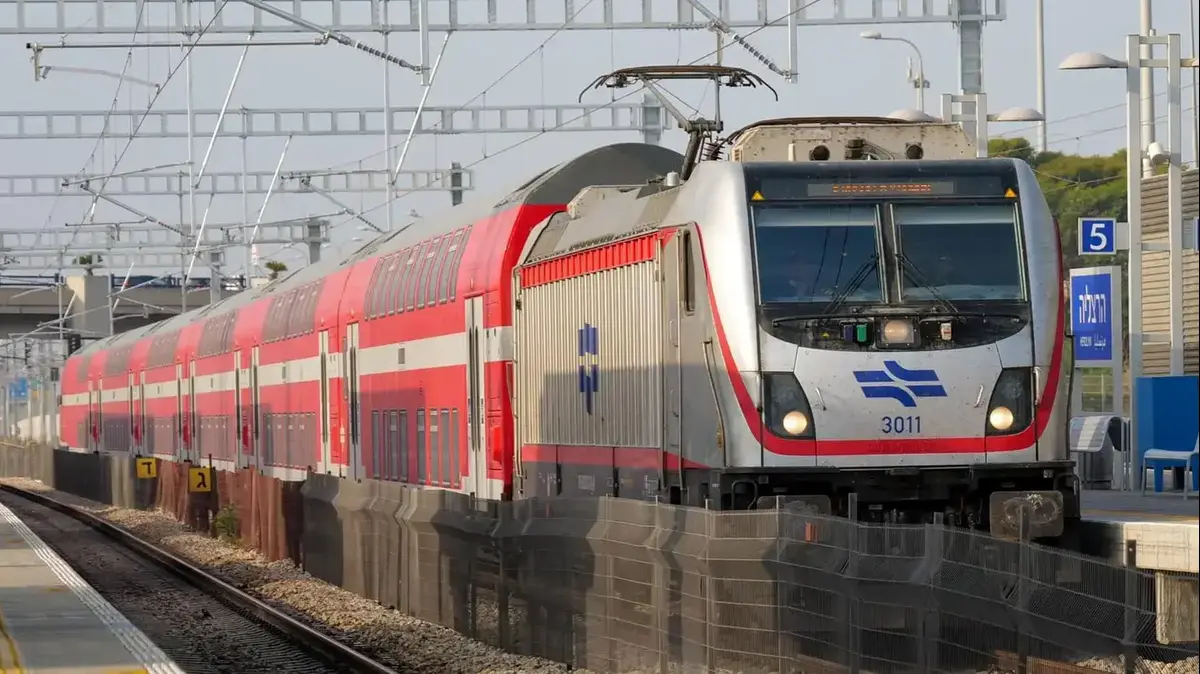
^ Authority, New York City Transit (1953).^ 1912 BMT system map NYCSubway Retrieved August 10, 2009.

^ a b "Facts and Figures: Annual Subway Ridership 2014–2019".^ "Facts and Figures: Annual Subway Ridership 2014–2019".Archived from the original (PDF) on Febru. Second Avenue Subway Supplemental Draft Environmental Impact Statement (SDEIS) (PDF). Each leads to a canopied staircase that goes down to either side of Broadway near Havemeyer Street. īoth platforms have a HEET turnstile entrance/exit at their extreme west end that was added during a 1990s renovation. The elevators go down to either western corner of Marcy Avenue and Broadway, with the Queens-bound elevator on the southwest corner and the Manhattan-bound elevator on the northwest corner. The stairs from the Manhattan-bound station house go down to either northern corner of Marcy Avenue and Broadway while the stair from the Queens-bound station house go down to either southern corners. Each station house has doors leading to the stairs and platform, turnstile bank, token booth, and two stairs and one ADA-accessible elevator to the street. The primary ones, are elevated station houses adjacent to the platforms.
J LINE TRAIN STOPS FREE
As a result, there is no free transfer between directions. To the east, there are switches that are used to access the center express track, which is used by the J and Z trains in the peak direction weekday midday and rush hours.Īll four fare control areas of the station are on platform level. As now configured, westbound trains run over the Williamsburg Bridge, connecting to the BMT Nassau Street Line in Manhattan. Just west of this station, there is a short section of trackway continuing straight which once led to the Broadway Ferry Spur.
J LINE TRAIN STOPS WINDOWS
It consists of stained glass windows depicting space travel on the platform windscreens. The 2005 artwork here is called A Space Odyssey by Ellsworth Ausby. During the 1999 reconstruction of the Williamsburg Bridge, a temporary platform was erected over the center track for the station's use as a terminal station. Both platforms have beige windscreens and red canopies with green frames that run along the entire length except for a section at the southeast (railroad south), where they have waist-high black steel fences. The center track dead ends at the west end at a bumper block and is unusable for service. This station has two side platforms and three tracks and is the westernmost station on the Jamaica Line. View from the eastbound platform, looking west In December 2021, the MTA awarded a contract for the replacement of the Marcy Avenue station's elevators, to be completed by late 2023 or early 2024. Design work started in April 2017 and will be finished in December 2017, with construction set to begin in April 2018. The project will assess the feasibility of widening and reconstructing the stairs at Havemeyer Street, widening the westerly outbound platform, and widening the platform level fare control areas to fit in an additional low-level turnstile. Īs part of the 2015–2019 Metropolitan Transportation Authority's Capital Program, station capacity enhancements will be made at the station. In 2002, the Metropolitan Transportation Authority announced that elevators would be installed at the Marcy Avenue station. Part of the grant was to be used for the renovation of several subway stations, including Marcy Avenue. In 1982, the Urban Mass Transportation Administration gave a $66 million grant to the New York City Transit Authority. On April 13, 1954, the enlarged station platform at Marcy Avenue was opened, as well as the expanded stairway facilities. The Contracts also provided for the merger of the Jamaica Line from Broadway Junction to 168th Street with the Broadway Elevated, in turn making the Broadway Elevated part of the Jamaica Line and giving trains three eastern terminals. A third track was added, allowing trains to run express, although the track remains as a stub-end at Marcy Avenue for storage and turn-arounds. The Dual Contracts expansion projects radically changed operations at Marcy Avenue. A year later, a connection was built to allow Myrtle Avenue trains to run on the Broadway Elevated.

In 1913, trains were extended farther down the newly opened Nassau Street Line to Chambers Street.

Trains traveled westbound to the Broadway Ferry terminal on the East River in Brooklyn and eastbound services ran to Canarsie (this routing is no longer used due to the later building of the Canarsie Line) and a connection over the Williamsburg Bridge to Delancey Street/Essex Street in Manhattan opened in 1908. Marcy Avenue opened on Jas a part of the Broadway Elevated, one of the first elevated lines in New York City. Remains of the Broadway Ferry spur behind the billboard


 0 kommentar(er)
0 kommentar(er)
